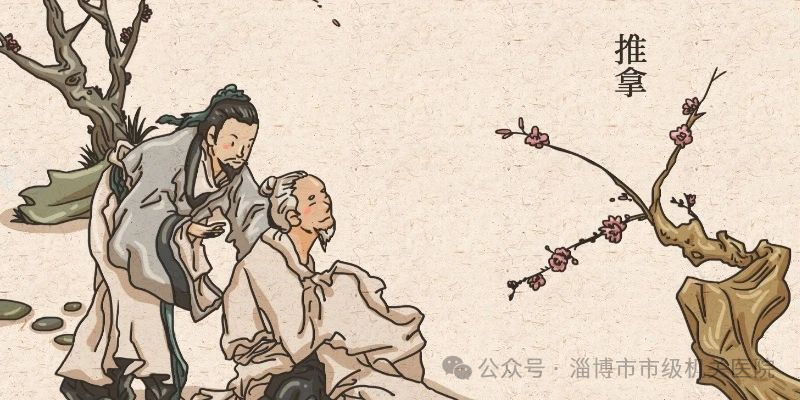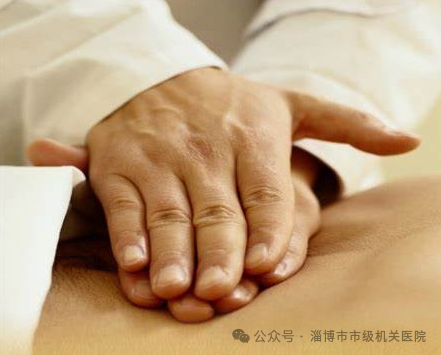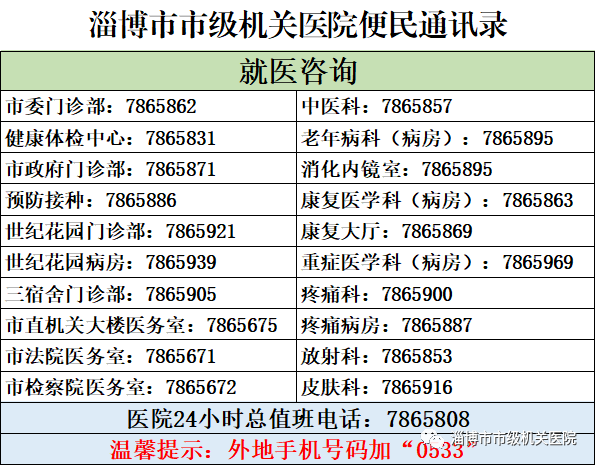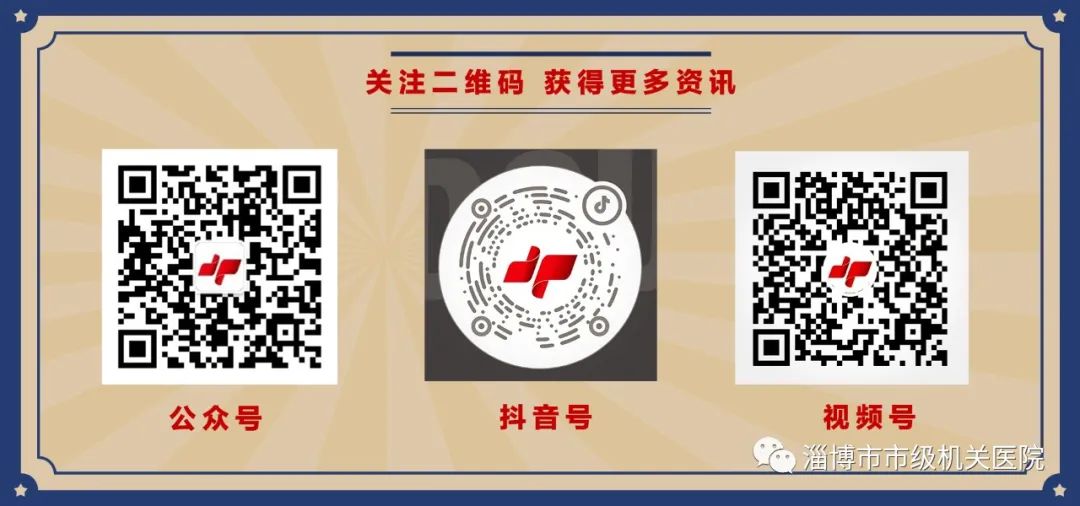1. Origin and Development of Tui Na Therapy

The origin of Tui Na therapy can be traced back to ancient times. In the “Su Wen: On the Appropriate Methods and Formulas” it is clearly recorded: “The central region is flat and moist, which is why all things are born from it. The people eat a mixed diet without labor, hence they suffer from many diseases such as atrophy, cold, and heat. Therefore, the treatment should involve guiding and pressing, which also originates from the central region.” Our ancestors discovered the special therapeutic effects of pressing and rubbing the affected areas of the body when they encountered unexpected injuries during survival competition, gradually forming this unique therapy through long-term practice.
2. Principles of Tui Na

Tui Na, also known as “massage,” is based on the theories of TCM’s organ and meridian systems, combined with Western anatomical and pathological diagnostics. It involves applying manual techniques to specific areas of the body to regulate physiological and pathological conditions, achieving therapeutic goals. Essentially, it is a physical therapy method. Tui Na can be categorized into health maintenance, sports massage, and medical massage.
3. Therapeutic Effects of Tui Na
1. Unblocking Meridians: By stimulating peripheral nerves, Tui Na promotes blood and lymph circulation and metabolic processes between tissues, coordinating the functions of various organs and improving metabolic levels.
2. Harmonizing Qi and Blood: The mechanical stimulation from Tui Na converts mechanical energy into thermal energy, raising the local tissue temperature, promoting capillary dilation, improving blood and lymph circulation, reducing blood viscosity, lowering peripheral vascular resistance, and alleviating the burden on the heart, thus preventing and treating cardiovascular diseases.
3. Enhancing Immunity: Tui Na has anti-inflammatory, antipyretic, and immune-boosting effects, enhancing the body’s resistance to disease. This is also due to its ability to unblock meridians, allowing Qi and blood to circulate, maintaining the balance of Yin and Yang in the body. After a massage, one may feel muscle relaxation, joint flexibility, increased energy, and reduced fatigue, which is crucial for maintaining health.
4. Indications for Tui Na
Conditions such as neck, shoulder, waist, and leg pain, as well as injuries to the bones, joints, muscles, and nerves of the limbs, lumbar muscle strain, muscle atrophy, migraines, frontal and occipital headaches, trigeminal neuralgia, intercostal neuralgia, femoral nerve pain, sciatica, low back pain, limb joint pain, facial nerve paralysis, facial muscle spasms, gastrocnemius muscle cramps, and rheumatic arthritis, joint bursitis pain, and joint stiffness can all be considered for Tui Na therapy.
5. Precautions
Acute infectious diseases, acute osteomyelitis, tuberculous arthritis, infectious skin diseases, skin eczema, burns, skin ulcers, tumors, and various sores are contraindications for massage. Therefore, a correct diagnosis must be made before proceeding with manual therapy.
Contributed by: Department of Traditional Chinese Medicine, Medical Affairs Department






